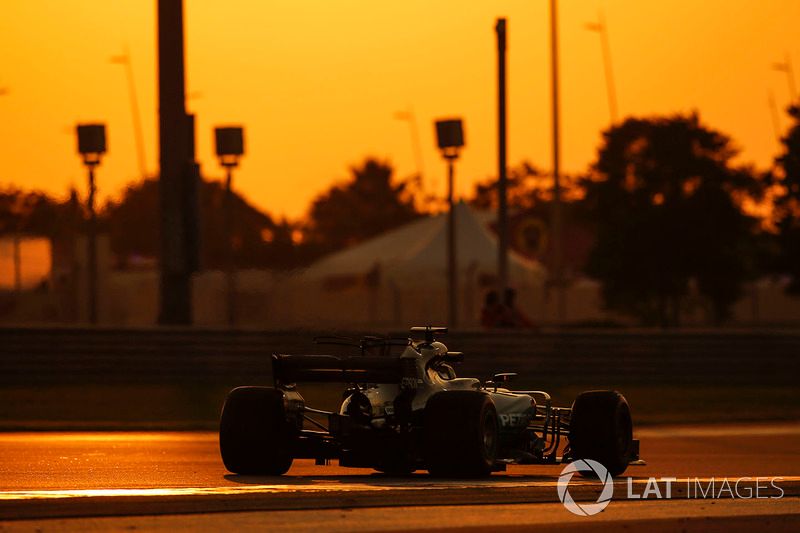
Why F1's 2019 changes will look good but achieve little
Hopes have gradually increased in recent weeks that F1's 2019 rule changes will make a significant difference to the quality of racing, but it would be naive to expect the first wave of tweaks ahead of 2021's bigger overhaul to have much of an effect.

Motorsport.com's Prime content
The best content from Motorsport.com Prime, our subscription service. Subscribe here to get access to all the features.
The Abu Dhabi Grand Prix was the final race under the current aerodynamic regulations, prior to the changes designed to make it easier to for cars to follow by reducing turbulence and complexity in 2019. There was not a great deal of overtaking and there's no reason to expect a dramatic change next year even though there could be a slight improvement.
For 2019, there are lots of changes, and the good thing is that most of them are visible to the naked eye. When the then-new V6 turbo hybrid engines came in for the '14 season, there were some changes to the car but most were invisible. When the cars start to appear ahead of next season it will be easy to see the different approaches taken by the teams.
Share Or Save This Story
Subscribe and access Motorsport.com with your ad-blocker.
From Formula 1 to MotoGP we report straight from the paddock because we love our sport, just like you. In order to keep delivering our expert journalism, our website uses advertising. Still, we want to give you the opportunity to enjoy an ad-free and tracker-free website and to continue using your adblocker.

















